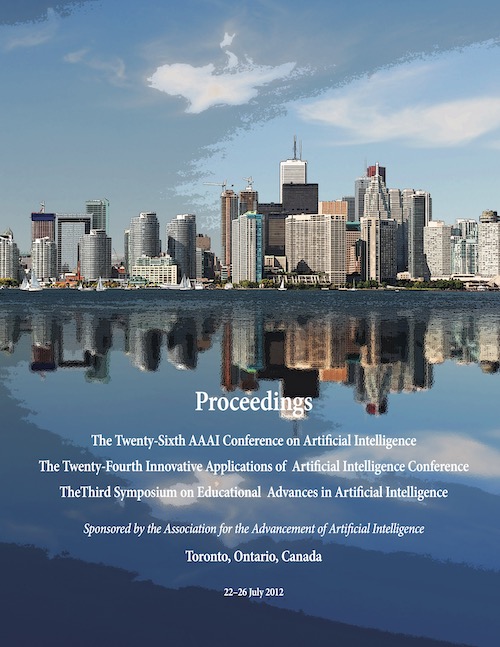Learning Driver’s Behavior to Improve the Acceptance of Adaptive Cruise Contr
DOI:
https://doi.org/10.1609/aaai.v26i2.18977Abstract
Adaptive Cruise Control (ACC) is a technology that allows a vehicle to automatically adjust its speed to maintain a preset distance from the vehicle in front of it based on the driver’s preferences. Individual drivers have different driving styles and preferences. Current systems do not distinguish among the users. We introduce a method to combine machine learning algorithms with demographic information and expert advice into existing automated assistive systems. This method can save on the interactions between drivers and automated systems by adjusting parameters relevant to the operation of these systems based on their specific drivers and context of drive. We also learn when users tend to engage and disengage the automated system. This method sheds light on the kinds of dynamics that users develop while interacting with automation and can teach us how to improve these systems for the benefit of their users. While accepted packages such as Weka were successful in learning drivers’ behavior, we found that improved learning models could be developed by adding information on drivers’ demographics and a previously developed model about different driver types. We present the general methodology of our learning procedure and suggest applications of our approach to other domains as well.

